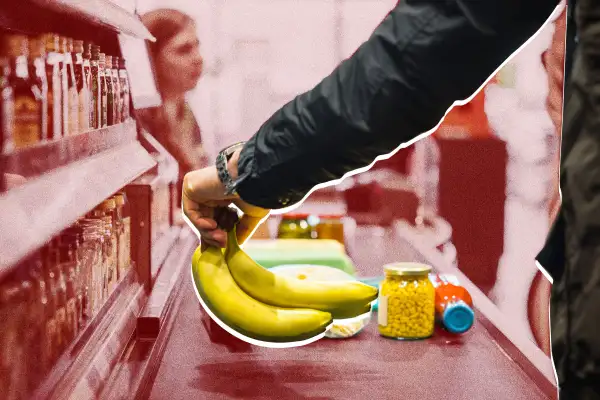Millions of College Students Eligible for Food Stamps Are Not Getting Help

Millions of low-income college students are missing out on food-assistance benefits, a new study from the federal government shows.
An estimated 3.3 million college students meet the eligibility requirements for the Supplemental Nutrition Assistance Program (SNAP), aka food stamps, according to a new report published Wednesday by the Government Accountability Office (GAO). The government researchers found that 67% of those students did not receive food assistance in 2020, the most recent data available.
“Too many college students are unable to escape hunger as they pursue their educational goals,” Rep. Bobby Scott, D-Va., who requested the GAO conduct the report, said in a statement after its release.
For the better part of a decade, advocates have been sounding the alarm about food insecurity on campus, urging colleges to open (or expand) food pantries to help hungry students. Many have. As of 2022, more than 800 colleges had food pantries, up from just 88 a decade earlier, according to the nonprofit higher education group Trellis Company.
Still, food insecurity on campus remains prevalent. The GAO’s report found that 1 out of 4 college students are food insecure — defined as either not having access to a quality, varied diet; or in case of “very low food security,” entirely skipping meals due to lack of money.
The SNAP conundrum for college students
SNAP is a federal program run by the U.S. Department of Agriculture and administered by each state. States set their own application rules, but generally applicants must be low-income and meet specific work requirements.
For college students, the eligibility requirements are particularly onerous. To receive SNAP benefits while in college, the student must be enrolled in a higher-education program at least part-time and work 20 hours per week or more (unless they’re parents of young children, have a qualifying disability or another similar exemption).
While about 20% of all college students likely meet these requirements, a large majority of them never make it through the SNAP application process. They may not realize they qualify, aren’t able to complete the application or have other barriers to receiving the benefit.
When students don’t have access to the food they need, their academic performance can suffer.
“Food insecurity during college is a barrier to graduation and higher-degree attainment,” wrote food-insecurity researchers in a 2022 study published by Public Health Nutrition.
The study found that over 56% of food-insecure college students end up dropping out.
“Worrying about not having enough to eat, where your next meal is coming from, going hungry, or sacrificing the nutritional content of food can distract students from focusing on school work thereby leading to lower academic performance,” the authors wrote.
And if they did manage to graduate, it tended to be from an associate’s degree program — not a bachelor’s or graduate program.
Another major factor that contributes to food-insecure students’ disproportionately high dropout rates, the study found, is that those students are more likely to be working to support themselves.
Separate research from Georgetown University’s Center on Education and the Workforce has long demonstrated that there are academic downsides when students work too much.
“Working too many hours — above the 15-hour threshold per week — can also lead to a higher probability of non-completion and dropping out for low-income students,” the researchers said.
SNAP work requirements of at least 20 hours per week while maintaining enrollment are at odds with that threshold.
This all coalesces into a grim reality for many food-insecure college students: Don’t enroll in SNAP and risk dropping out due to hunger; or, enroll in SNAP and risk dropping out to do being overworked.
“If we add that to student loan debt incurred from trying and failing to complete a credential,” the Georgetown researchers wrote, “some of these students were possibly worse off for having tried.”
More from Money:
Nearly 60% of College Students Have Considered Dropping Out Because of Money






